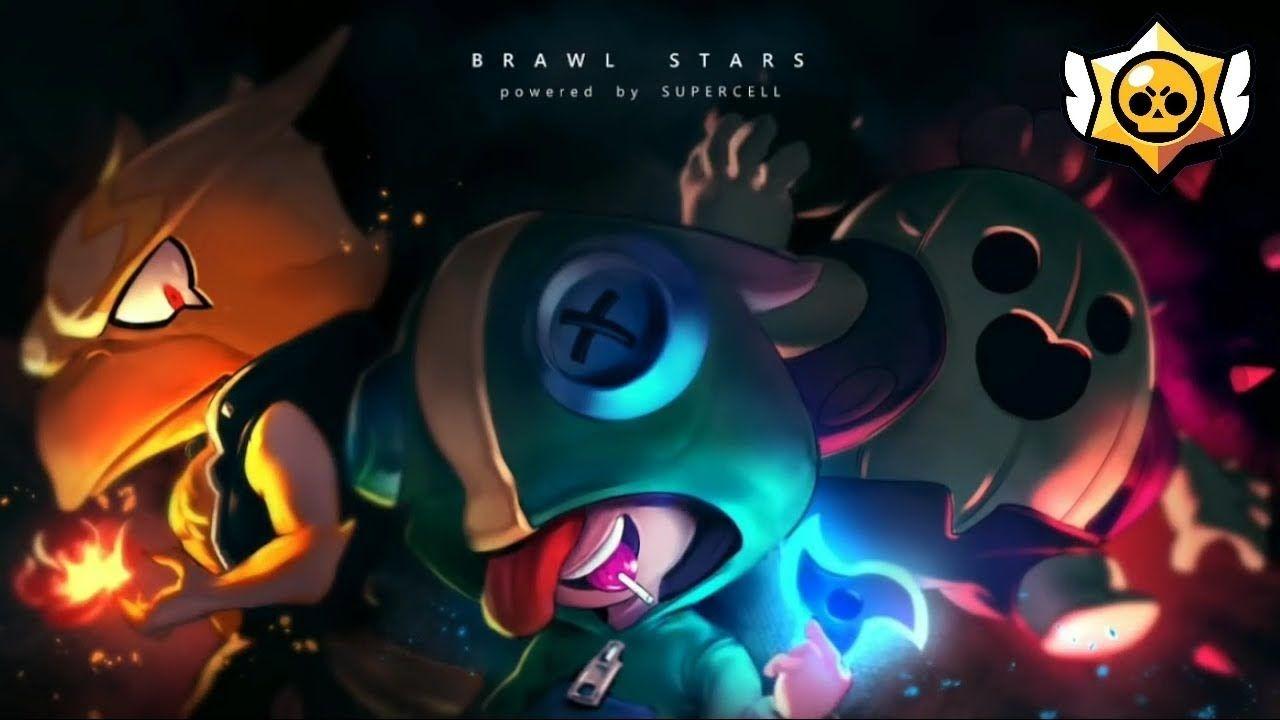geo
Cards (98)
- Plastic in the Oceans
- Describe
- Explain
- Describe
- Use the maps to explain
- Eastern Garbage Patch
- Gyre
- Use the infographic to explain
- Explain
- Conflict Zones
- Agreed Learning Outcomes
- Key Terms
- Micro-plastics
- Ocean species cannot tell the difference between living things (jellyfish, small fish, crabs) and floating plastic
- During the video answer the following questions:
- Explain
- Task: Using your devices, research the following definitions and key terms to complete your table
- Civil War
